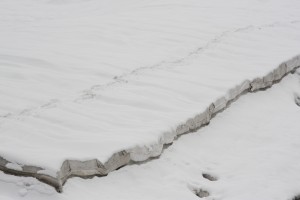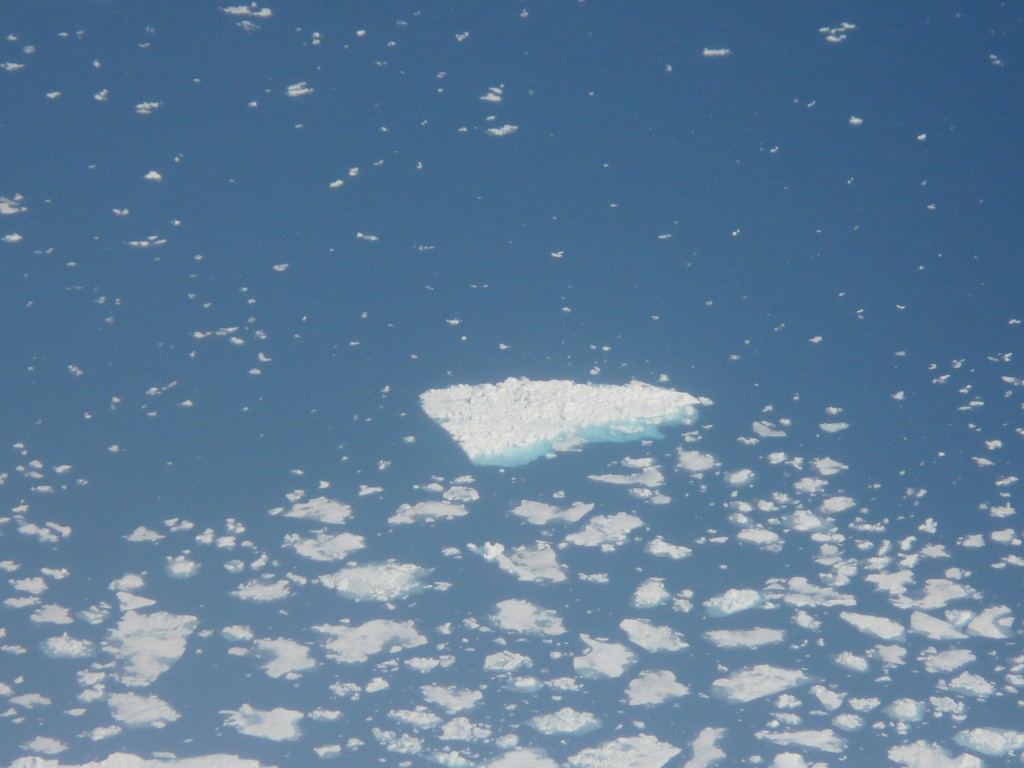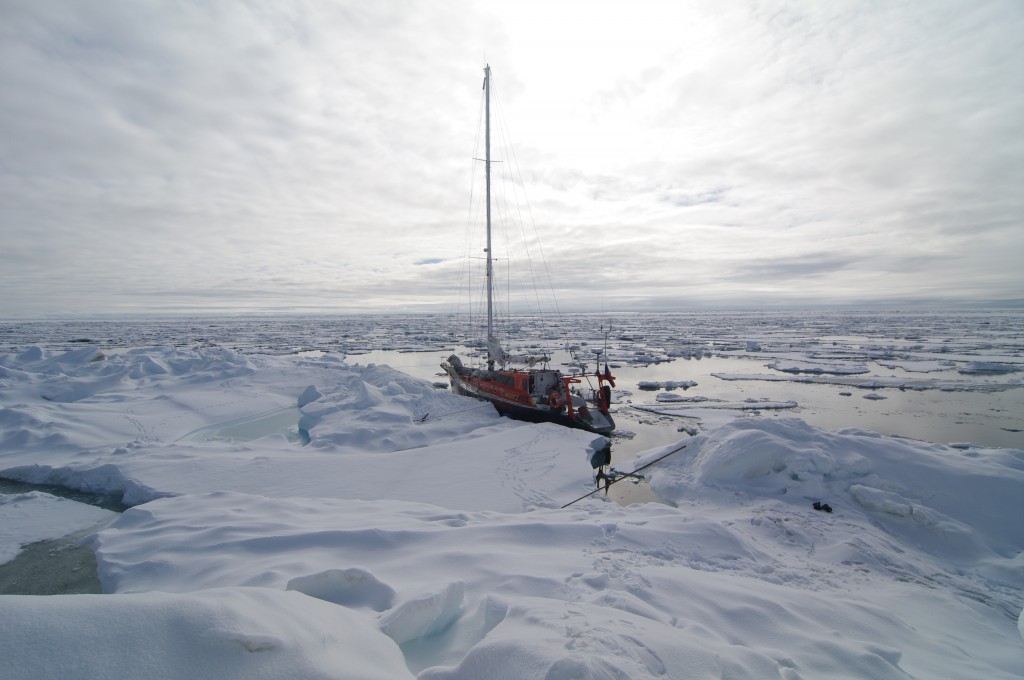Search Results for Tag: ice
The Cold Edge – Visualizing polar climate impacts

The Dragon - Dave Walsh - davewalshphoto.com
On board the Greenpeace boat Esperanza at Svalbard for a story on scientists monitoring ocean acidification in 2010, I met Dave Walsh from Ireland, who was on board as Greenpeace press officer. Since then I have discovered his work as a photographer in his own right. These photos are art and appeals for environmental and climate action at the same time. Ice blog followers will enjoy his polar photos, spectacular and somehow moving. “While the frozen regions of our planet have the power to ignite imaginations, for most of the seven billion people on Earth, the Arctic and Antarctic remain abstract and unreachable”, says Dave. “ I’ve been lucky enough to voyage north and south by ship, to experience the serenity of the oceans and polar regions – and realise how finite ourplanet is.”
“The Cold Edge” exhibition of Dave’s pictures opens at The Copper House Gallery in Dublin this evening. I wish I could be there. In the meantime, those of us who can’t be there in person can share some inspiration and (aesthetic) food for thought online. The British newspaper the Guardian also features the pictures.
Climate sceptics lose court case in New Zealand
Now here’s an interesting little snippet for a Friday afternoon. I was interested to read that New Zealand’s High Court has ruled against climate sceptics who took a government agency to court because it said the temperature had risen in the past century. The National Institute of Water and Atmospheric Research (NIWA) had concluded that the country’s climate had warmed almost one degree Celsius between 1909 and 2009. A private group called the “New Zealand Climate Science Education Trust” took the agency to court, saying NIWA’s methodology was flawed and the findings not peer reviewed. But the judge disagreed, saying the institute had used internationally recognised and credible scientific methodology. A group of climate change scientists from New Zealand universities welcomed the court verdict and described it as “bizarre” that a small group of scientists should go to court to question the basic science of climate change which, they, say, has been established for well over a century. “Almost all scientists active in climate research agree that human activity is causing the climate to change”. New Zealand’s glaciers have been retreating over the last century. The scientists also cite rising sea levels and the clear reduction of the Arctic sea ice.
“This misguided action of a small group adds confusion to a simple issue — the world is warming and future generations of New Zealanders will have to deal with the consequences,” the scientists’ statement said. – And they won’t be the only ones, adds the ice blogger up here in the northern hemisphere, working on a story on climate change and the North Sea and the ongoing mega-melt of the Arctic sea ice.
Record melt helps first Chinese ship across Arctic
Returning after several trips, I’ve been catching up on the Arctic news and noted with concern but unfortunately not really surprise that the Snow Dragon or Xuelong, a Chinese icebreaker, has become the first ship from China to cross the Arctic Ocean. It arrived in Iceland after sailing the Northern Route, along the coast of Russia. The expedition leader Huigen Yang, head of China’s Polar Research Institute, said he had expected a lot more ice along the route. The sea ice floating on the Arctic Ocean actually seems set to beat the record low from 2007. Clearly, Chinese interest is growing, as the melting ice opens up a shorter sea route and, of course potential access to oil, gas and minerals. The country has applied for observer status at the Arctic Council, which consist of the Arctic countries USA, Russia, Canada, Norway, Sweden, Finland, Denmark (because of Greenland) and Iceland. China is not the only interested party outside the Arctic states. Japan, South Korea, The European Commission and Italy are also applying. Germany, Britain, France, Poland, Spain and the Netherlands are already observers.
What clearer a signal could you get that climate change is affecting the Arctic than interest from the world’s number 2 economy, China, which, alas, is also the world’s top greenhouse gas emitter?
North East passage opening up early this summer?
The North-East passage, the sea route that goes along the northern coast of Russia, looks as if it will be free of ice at a very early stage this summer, according to scientists from Germany’s AWI, Alfred Wegener Institute for Polar and Marine Research. Towards the end of last winter, the scientists found large areas of the Laptev Sea covered by ice which was only a maximum of 50 cm thick. This, they say, is unlikely to last long once the summer sun comes out. Previous measurements in 2007/2008 had recorded ice thicknesses of up to a metre around the same place . Dr. Thomas Krumpen, the expedition leader, said the team has been surprised by the measurements, taken by a special ice-depth sensor dangled from a helicopter. Dr. Krumpen says the wind is probably responsible. When the wind is blowing from land out on to the sea, it forces the pack ice from the Laptev Sea northwards. This leaves open areas of water at the coast, which cool out fast and form thin ice. But the scientists were not previously aware that the areas could be this big. In some places they flew a good 400 kilometres over thin ice. The team want to use the measurements to calibrate satellite data.
More information on the AWI website, but I’m afraid the English version of this story doesn’t seem to be available yet.
Warm ocean currents are melting Antarctic ice
 Recent ice loss from Antarctica was mainly caused by warm ocean currents, according to a team of scientists led by British Antarctic Survey. In an article for the journal NATURE this week, they explain how they used new techniques to differentiate for the first time between the two known causes of melting ice shelves – warm ocean currents attacking from below and warm air melting from above. One worrying thing is that this means “we can lose an awful lot of ice to the sea without ever having summers warm enough to make the snow on top of the glaciers melt – the oceans can do all the work from below” says Dr. Hamish Pritchard from BAS, lead author of the report.
Recent ice loss from Antarctica was mainly caused by warm ocean currents, according to a team of scientists led by British Antarctic Survey. In an article for the journal NATURE this week, they explain how they used new techniques to differentiate for the first time between the two known causes of melting ice shelves – warm ocean currents attacking from below and warm air melting from above. One worrying thing is that this means “we can lose an awful lot of ice to the sea without ever having summers warm enough to make the snow on top of the glaciers melt – the oceans can do all the work from below” says Dr. Hamish Pritchard from BAS, lead author of the report.
The warm water melting the ice sheets is causing inland glaciers to speed up and discharge masses of ice into the sea. The reason the water is warming, is probably because of changes in wind patterns, caused in turn by changes in climate. This would mean “Antarctica’s glaciers are responding rapidly to a changing climate” says Pritchard.
Most of the ice shelves being melted by warm ocean currents are in West Antarctica. On the eastern Antarctic Peninsula the shelf thinning found by the study can be explained by warmer summer winds directly melting the snow on the ice shelves.
The results will help improve projections of future sea-level rise.
More here on the website of the British Antarctic Survey
























Feedback